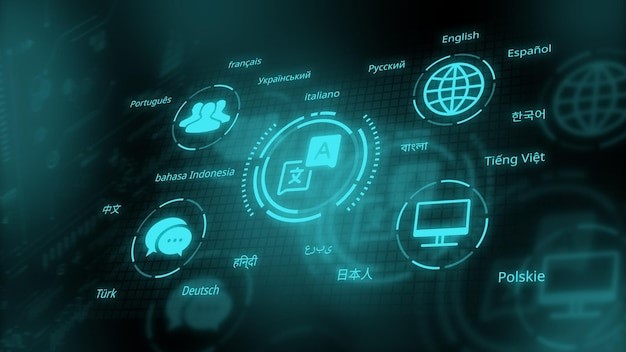Have a Big Project?
Big numbers, lots of documents and multiple translations?
Our top performing teams deliver unmatched quality on time for you
to hit your business goals.

With the escalating demand on localization and translation nowadays to cope with internationalization, computer-assisted translation tools have been created to help translators accomplish their work effectively.
One of the core elements of the computer-assisted translation tools is the translation memory (known as TM).
According to the Common Sense Advisory (CSA), 41% of all human translated content is done using translation memories.
A translation memory is a database that is filled up with previously translated phrases, sentences, paragraphs, or sentence-like units such as headings and titles that help translators and linguists in their translation processes.
Each source text and its translation that are stored in the translation memory are called “translation units.” The following is an example of such units:
Source Text (English): How are you?
Target Text (Danish): Hvordan har du det?
Torjoman believes that machines can also help translators to produce the most accurate results. Therefore, translation memories, glossaries, and termbases are an important part of Torjoman’s translation process.
Translation memory is an important element in any translation management system owing to its role in facilitating the whole process of translation.
The process starts when a translator uploads the source file through a translation management system (e.g., CAT tools), then the system automatically checks the source text and retrieves any matches from the translation memory.
The translator will be able to view and compare both the source text that is generated from the database and the suggested translated one.
In fact, a translation memory has a smart function named as “rating system” that determines the accuracy of pairing the source text with an equivalent translated one.
The accuracy is defined through the following three different matches:
Perfect Match
This typically happens when the source text perfectly matches the suggested translated text in the translation memory. In this case, the percentage of matching is 100% and translators accept the text as it is.
Fuzzy Match
The matching is called “fuzzy” when only parts of the text correlate to the data in the translation memory. The percentage is less than 100 and ranges from 75 to 99%. Usually, a translator, here, decides to make changes and adjustments to the text as the fuzzy match only helps translators or linguists to speed up the process of translation by saving their time.
No Match
If there is no match between the newly added content and the stored segments in the translation memory, a translator has to start the process of translation from the scratch. Then, the system is notified that a new translated content will be added.
Indeed, this will enrich the database of translation memory as the new content will be useful while accomplishing other future translation projects.
There may be a repeated segment in a source text, and it has to be translated only once. Translation memory helps translate repeated segments automatically during the translation process.
Translation memory can be created through one of the following two ways:
This one is built up by a translator at the beginning of a translation project and, therefore, all the new content will be added to the database.
Translators can create it by using an “alignment” tool that automatically transforms the source text and its translated one into translation units that can be used in future translations.
Get most out of translation services by vising Torjoman.
Big numbers, lots of documents and multiple translations?
Our top performing teams deliver unmatched quality on time for you
to hit your business goals.
Ready to burst your borders and need work done quickly?
Order Now! To get an instant assessment and quote.
Don’t wait, we’re ready.
SAVE TIME & MONEY!
Order from our mobile app now